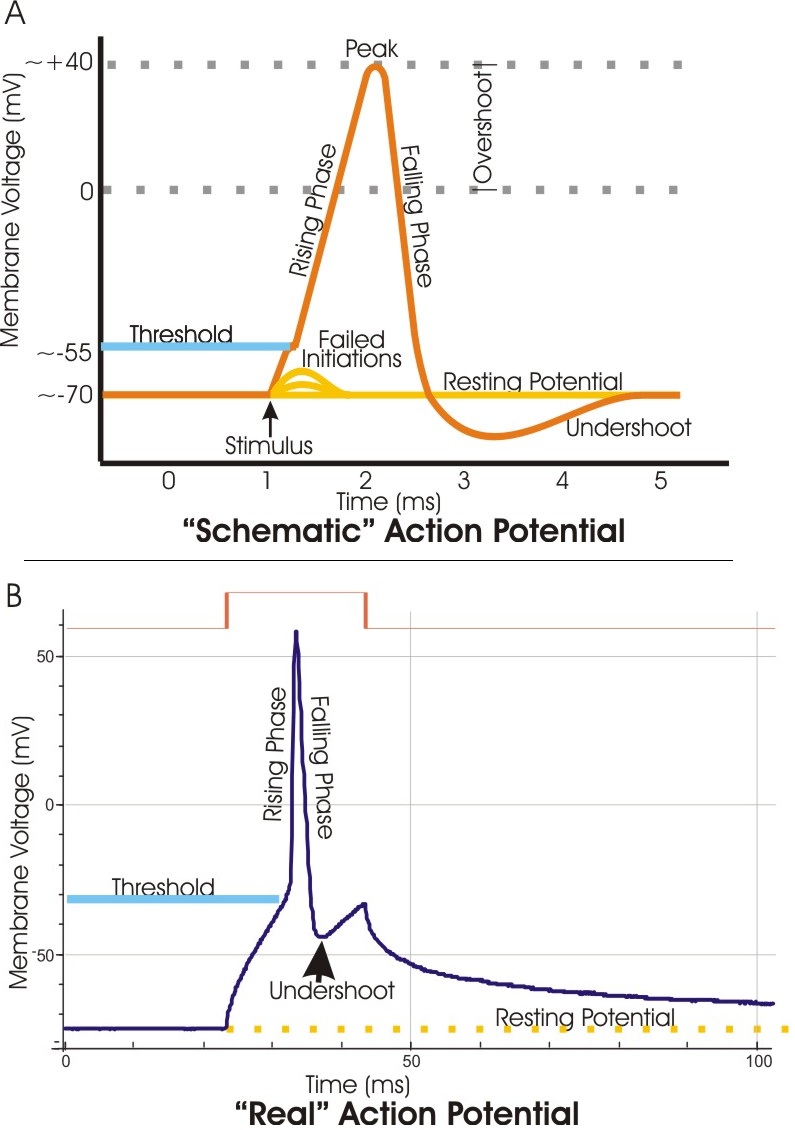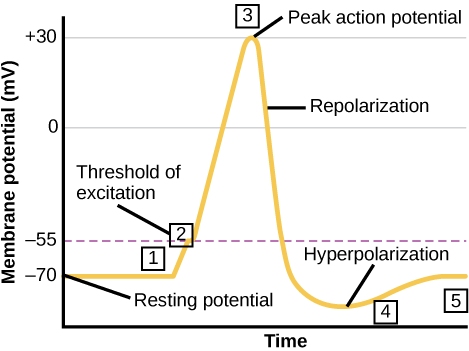Investing in stocks can be an exhilarating journey, filled with opportunities for potential growth and financial success. As an investor, you are constantly on the lookout for that one stock that has the potential to break out and deliver substantial returns.
But what exactly are breakout stocks, and how can you identify them? In this article, we will delve into the world of breakout stocks, exploring their definition, importance, and key factors to consider when identifying them.
We will also provide examples of recent breakout stocks and offer valuable tips for investing in these exciting opportunities.
The Story of Breakout Stocks
Breakout stocks are an exciting phenomenon in the world of investing. These are stocks that experience a significant price increase after breaking through a resistance level or a period of consolidation. When a stock breaks out, it grabs the attention of investors who see its potential for further upward movement.
To successfully identify potential breakout stocks, thorough research is essential. This research involves two critical aspects: fundamental analysis and technical analysis.
Fundamental analysis plays a crucial role in evaluating a company’s financial health and determining its intrinsic value. It involves analyzing the company’s financial statements and ratios to gain insights into its revenue growth, profitability, cash flow generation, and debt levels.
Consistent revenue growth and profitability indicate strong fundamentals. Additionally, assessing industry trends and the competitive landscape helps investors understand whether a company has the potential to break out.
On the other hand, technical analysis relies on studying charts and patterns based on historical data to predict future price movements. By analyzing charts, investors can identify patterns such as triangles, head and shoulders, or cup and handle formations – all of which often precede breakout movements.
Moreover, identifying support levels (price points at which a stock historically finds buyers) and resistance levels (areas where selling pressure is likely to arise) helps in predicting potential breakout opportunities.
Key Factors to Consider
When evaluating breakout stocks, several key factors should be considered:
1. Strong company fundamentals: Look for companies with consistent revenue growth, profitability, and a healthy balance sheet with low debt levels.
2. Market catalysts and industry trends: Pay attention to upcoming product launches, mergers/acquisitions, and positive developments in the industry that can trigger stock price appreciation.
3. Investor sentiment and market conditions: Consider the overall market trend, sentiment towards specific sectors, and macro-economic factors like interest rates or geopolitical events that may impact stock performance.
By considering these factors, investors can make more informed decisions when identifying potential breakout stocks. Thorough research and analysis in these areas can help uncover opportunities for substantial returns in the stock market.
Examples of Recent Breakout Stocks
In this section, we will explore two recent examples of breakout stocks that highlight the power and potential of these investments.
XYZ Company was relatively unknown until it experienced a breakout that caught investors’ attention. Its innovative product line and strong financial performance contributed to its success.
ABC Inc., once considered an underdog, underwent a transformative period that led to a breakout. Positive developments within the sector and strategic acquisitions played pivotal roles in their rise.
These examples demonstrate how breakout stocks can lead to significant growth and capture investors’ interest. By studying such cases, investors can gain insights into the characteristics and strategies behind these successes, helping them identify potential investment opportunities in the market.
Tips for Investing in Breakout Stocks
Investing in breakout stocks requires careful consideration and strategy implementation to maximize potential returns. When evaluating breakout opportunities, it is crucial to set realistic expectations. Not every breakout stock will deliver exceptional returns, so understanding that not all breakouts result in sustained upward momentum is vital.
Proper risk management becomes key to navigating potential losses.
Diversification plays a significant role in investing. Spreading investments across different sectors reduces exposure to potential risks. By diversifying your portfolio, you can help mitigate the impact of any negative events within a particular sector.
This strategy allows you to balance out potential losses with gains from other areas, creating a more stable investment foundation.
Another essential aspect of investing in breakout stocks is monitoring your investments regularly. Staying informed about company news and updates is crucial for understanding any changes that may impact your investment.
By keeping an eye on market trends and industry developments, you can adjust your strategy based on new information, ensuring that you are making informed decisions.
Finally, knowing when to exit a position is just as important as identifying breakout opportunities. Setting target prices and stop-loss levels helps protect profits and limit losses. Having predetermined exit points allows you to take profits when the price reaches your target level and minimize losses if the stock starts declining significantly.
Potential Risks and Challenges
Breakout stocks offer exciting prospects, but they come with risks. Two critical challenges for investors are:
A. Volatility and market unpredictability: Market fluctuations can increase the volatility of breakout stocks. Diversification helps balance potential losses.
B. Overvaluation and hype: Excessive market enthusiasm can lead to overvaluation, detached from a stock’s intrinsic value. Thorough due diligence ensures prudent investing.
Investors must consider these risks when evaluating breakout stocks to make informed decisions and mitigate potential drawbacks.
Conclusion
[lyte id=’0DgUimsfXAk’]





